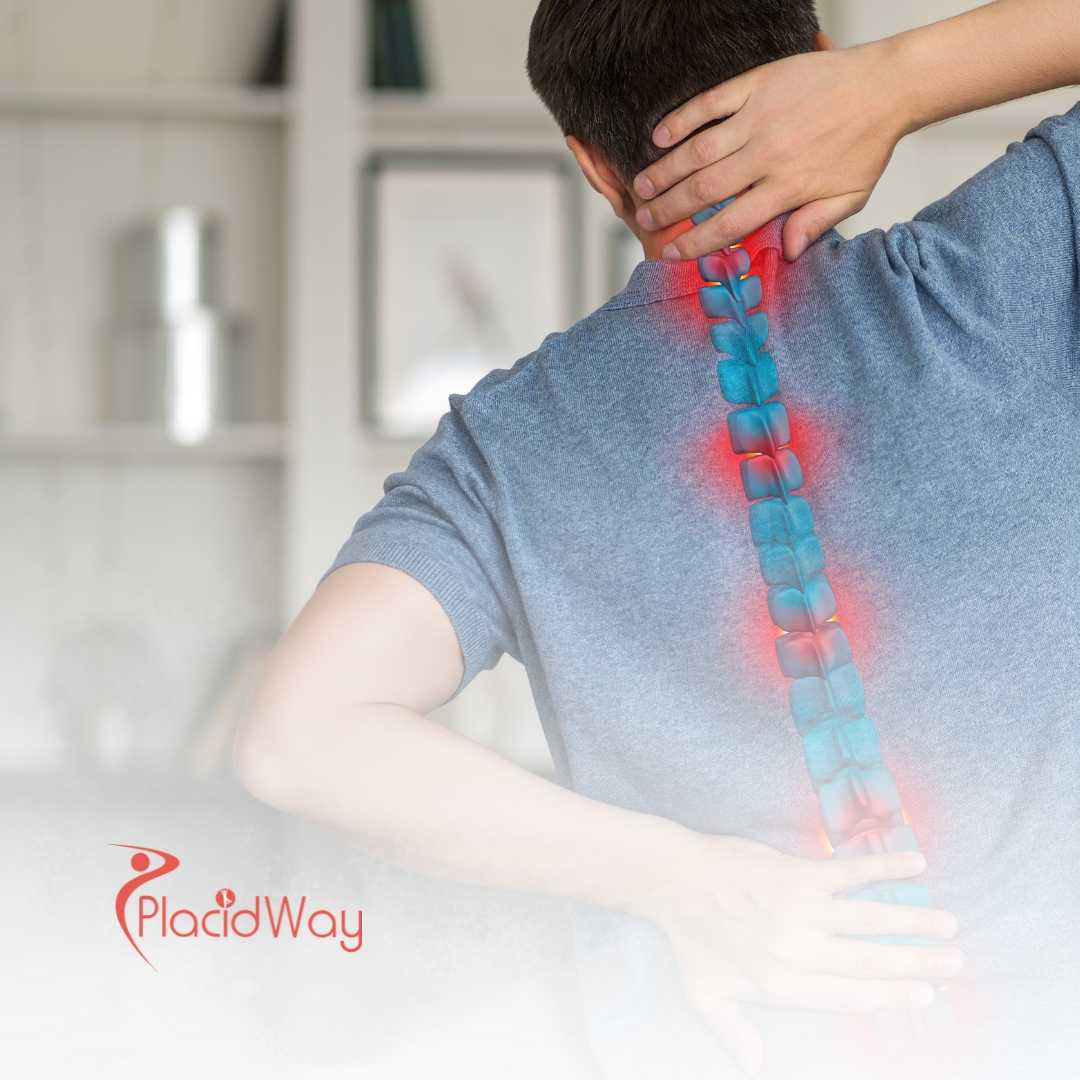
Key Insights at a Glance
- Surface repair treatments focus on restoring damaged skin or tissue, enhancing appearance and function.
- Common procedures include chemical peels, laser resurfacing, and microdermabrasion.
- Success rates are high, with most patients achieving noticeable improvements.
- The average cost of surface repair treatments is generally lower abroad compared to the U.S.
- Choosing an accredited clinic ensures quality care and patient safety during the procedure.
What are Surface Repair Treatments?
Surface repair treatments are cosmetic procedures designed to improve the texture and appearance of the skin by removing damaged layers and stimulating the growth of new skin cells. These treatments can address a variety of concerns, including wrinkles, acne scars, pigmentation issues, and sun damage. The goal is to rejuvenate the skin and promote a more youthful, healthy appearance.
Types of Surface Repair Treatments
- Chemical Peels: Use of chemical solutions to exfoliate the outer layer of skin, improving texture and tone.
- Laser Resurfacing: Uses targeted laser light to remove layers of skin and stimulate collagen production.
- Microdermabrasion: A minimally invasive procedure that exfoliates the skin using fine crystals to remove dead skin cells.
- Microneedling: Involves using fine needles to create micro-injuries in the skin, promoting healing and collagen production.
Who is a Candidate for Surface Repair Treatments?
- Individuals with skin concerns such as wrinkles, scars, or uneven skin tone.
- Those seeking to improve skin texture and overall appearance.
- People who have not found success with less invasive treatments.
- Candidates should have realistic expectations and be in good overall health.
Latest Treatment Options Available
| Treatment Type | Description | Success Rate |
|---|---|---|
| Chemical Peels | Exfoliates the skin using chemical solutions to improve appearance. | 70-90% |
| Laser Resurfacing | Removes layers of skin using focused laser light. | 80-95% |
| Microdermabrasion | Uses fine crystals for exfoliation and rejuvenation. | 75-85% |
| Microneedling | Stimulates collagen production through controlled skin injury. | 80-90% |
Risks and Considerations
- Possible side effects include redness, swelling, and sensitivity in the treated area.
- Risk of infection or allergic reactions to chemical agents used in treatments.
- Changes in skin pigmentation, especially for individuals with darker skin tones.
- Emotional and psychological effects from undergoing cosmetic procedures.
Treatment Procedure
The procedure generally involves the following steps:
- Initial Consultation:
- A comprehensive assessment of the patient’s skin condition and treatment goals.
- Discussion of potential treatment options and expected outcomes.
- Pre-Procedure Preparation:
- Patients may receive instructions regarding skin care and medication adjustments prior to treatment.
- Anesthesia Administration:
- Local anesthesia may be administered, depending on the type of treatment.
- Execution of Treatment:
- The chosen treatment (chemical peel, laser, microdermabrasion, etc.) is performed according to the planned procedure.
- Post-Operative Care:
- Instructions are provided for post-treatment care, including skin care and avoiding sun exposure.
Cost of Surface Repair Treatments
The cost of surface repair treatments can vary depending on factors such as location, complexity of the procedure, and specific clinic services. Below is a general overview:
| Country | Average Cost (USD) |
|---|---|
| USA | $2,000 - $4,000 |
| Mexico | $500 - $1,500 |
| Turkey | $400 - $1,000 |
| Thailand | $300 - $800 |
| Colombia | $250 - $600 |
| India | $200 - $500 |
For detailed pricing, please Find Prices for Surface Repair Treatments Near You.
FAQs Related to Surface Repair Treatments
What is the average cost of surface repair treatments abroad without insurance?
The average cost varies depending on the type of treatment and location, typically ranging from $200 to $4,000.
How long does recovery take after treatment?
Recovery time can vary based on the procedure but generally ranges from a few days to two weeks, depending on the treatment type.
Are there any risks involved in the procedures?
Yes, risks include potential side effects like redness, swelling, and changes in skin texture or pigmentation.
How can I maintain the results after treatment?
Following post-treatment care instructions, using sunscreen, and maintaining a proper skincare routine can help prolong results.
Finding the Right Clinic
How to Choose the Right Clinic for Surface Repair Treatments Abroad
- Look for accredited clinics with a strong reputation for cosmetic procedures.
- Review the clinic's success rates and patient testimonials.
- Ensure the clinic provides comprehensive support, including pre- and post-treatment care.
- Inquire about the clinic’s experience with international patients.
- Ensure the clinic complies with local and international standards regarding cosmetic treatments.
Book an Appointment Today!
If you are considering surface repair treatments to improve your skin’s appearance, it is essential to consult with skilled professionals who can guide you through the process. PlacidWay can connect you with top-rated clinics specializing in these procedures, ensuring you receive the highest standard of care. Take the first step towards rejuvenating your skin and enhancing your confidence today!
Skin Care, Skin Rejuvenation










Share this listing